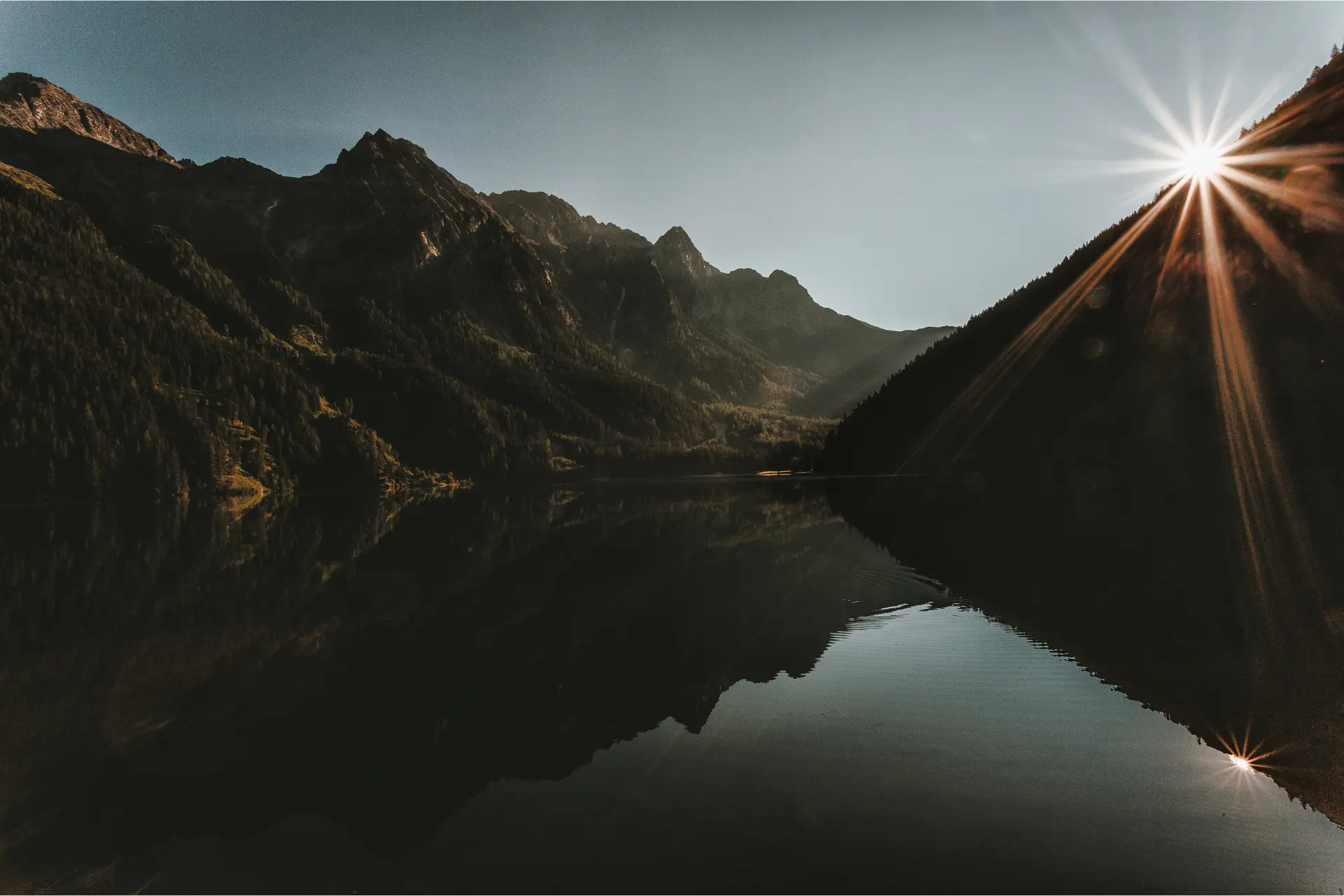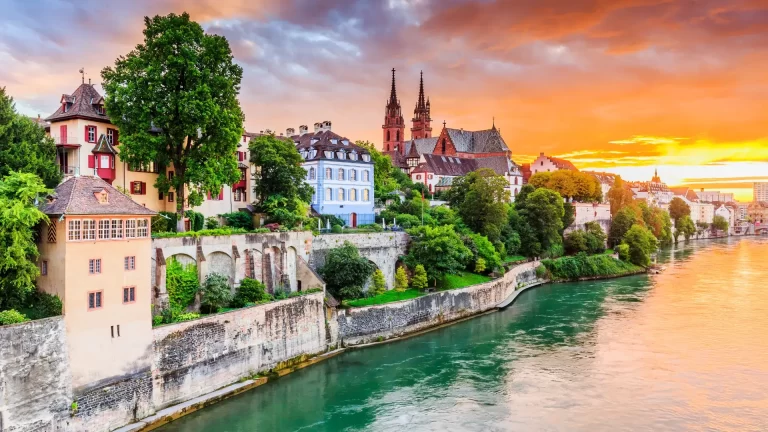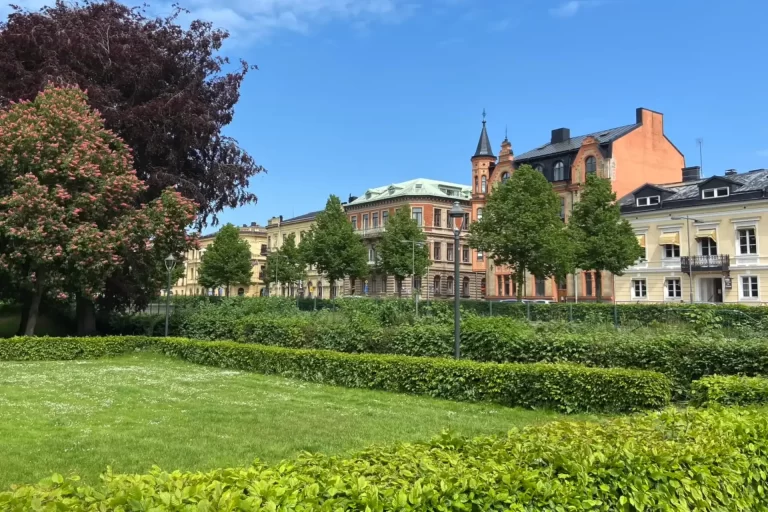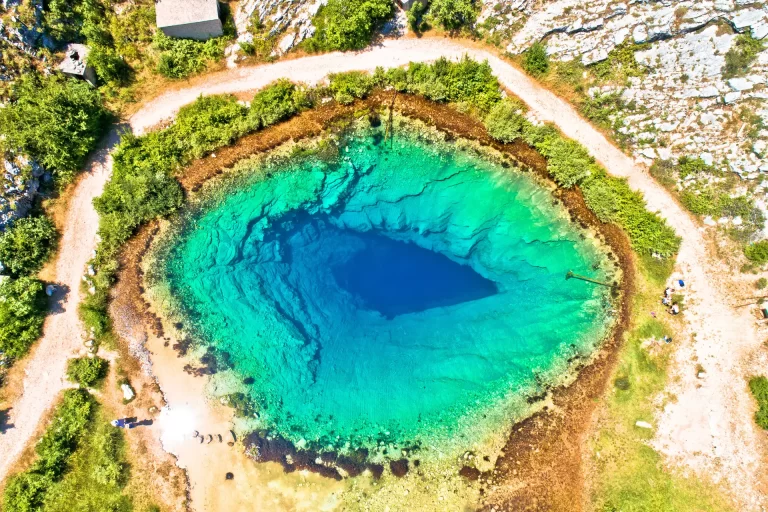A Guide to The mountains of Sweden for Exploring the Majestic Peaks
If you enjoy the outdoors, you may have heard that Sweden has a lot of woods and open spaces. The mountains of Sweden are never mentioned, as opposed to the Norwegian fjords. Do Sweden’s mountains even exist? Do they even merit a visit? Yes, Sweden has mountains, and they provide breathtaking vistas and thrilling outdoor sports. Because Sweden is situated on the Baltic Shield, a section of the Earth’s crust that is reasonably stable, it does not have many mountains.
The shield has undulating hills and low-lying areas because of old, rugged rock formations worn over millions of years. The main feature of the country’s mountains is the double-headed Kebnekaise Massif, home to Sweden’s highest peak, Kebnekaise nordtoppen (2,096 m/ 6,876 ft). The most prominent summit is Kebnekaise Sydtoppen (1,763 m/ 5,784 ft).
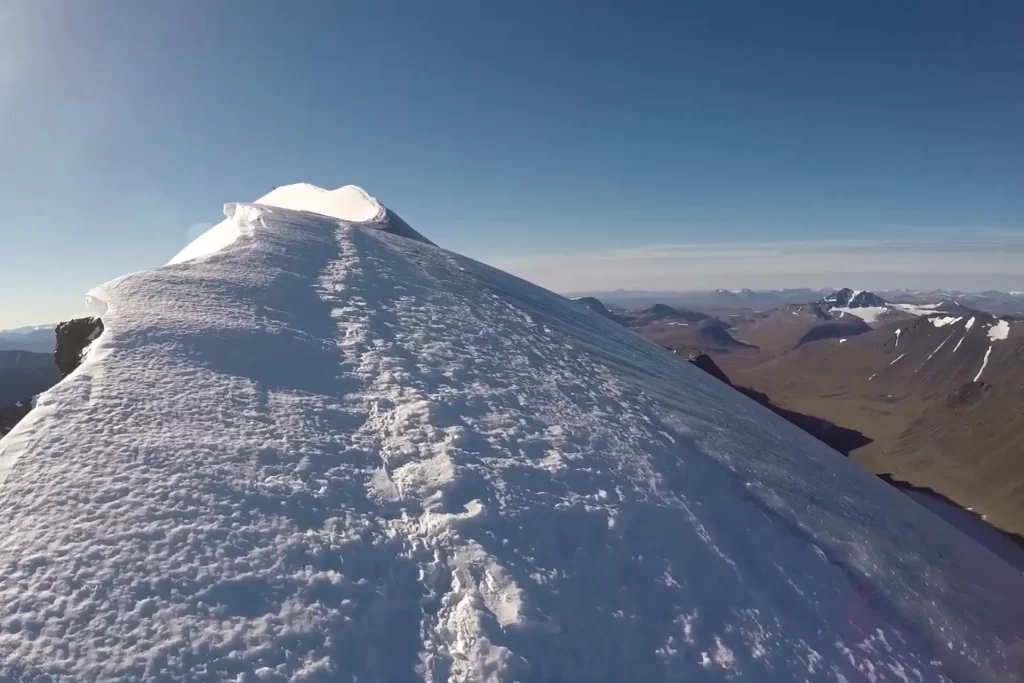
Kebnekaise Sydtoppen (1,763 m/ 5,784 ft) is the peak with the highest prominence. It is the second southern top of the same mountain; while it is equal in height, it gets smaller yearly because a glacier covers it. The Scandinavian Mountains, the most extensive mountain range in Europe, include the massif. Sweden, which makes up 2/3 of the world’s land mass and has 13918 designated mountains. There are a lot of things to do in Sweden. It also renowned for its untamed landscapes, which include pine woods, lakes, and several archipelagos.
The Scandinavian Mountains of sweden
The Scandinavian Mountains, sometimes called the “Scandes,” are Sweden’s most well-known mountain range. This mountain range spans 320 km, straddles the borders of Norway, Sweden, and Finland, and features peaks that rise beyond 2000 meters. This range contains Kebnekaise, the highest mountain in Sweden, which increases an astonishing 2096 meters above sea level.
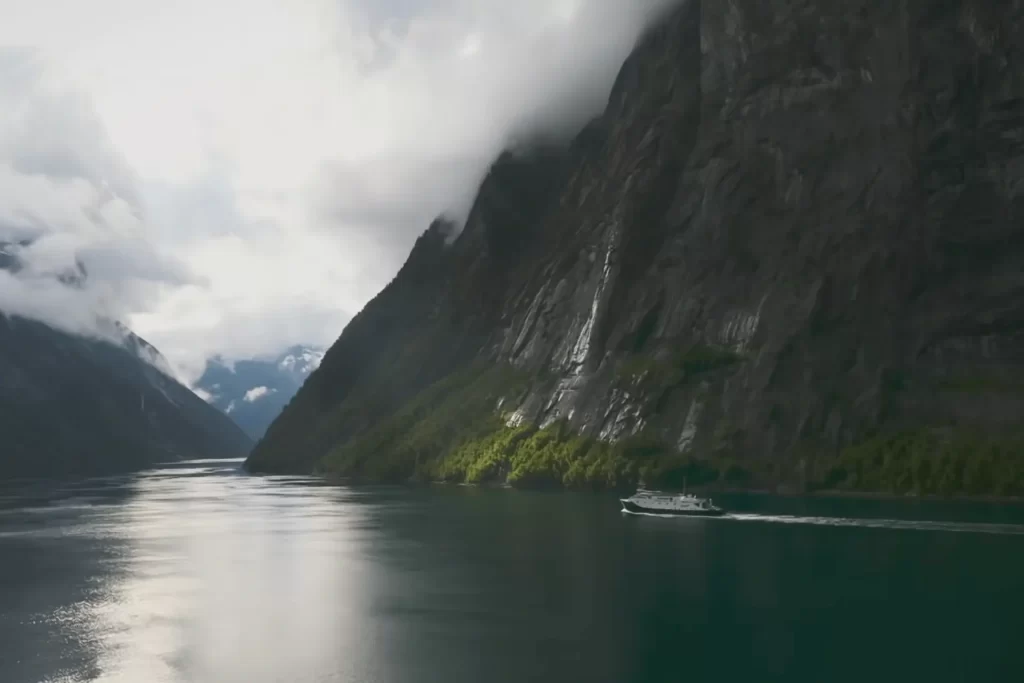
The summits Prtetjkk, Palkattjkk, Sielmatjkka, and Ktotjkka are also noteworthy. Kaskasatjkka is located a little to the west. It is a 2076-meter-high peak near the Norwegian border, also part of the Scandinavian Mountains. A well-known hiking track known as the “King’s Trail” runs 440 km across the Scandinavian Mountains, starting in Abisko in the north.
The Sarek National Park
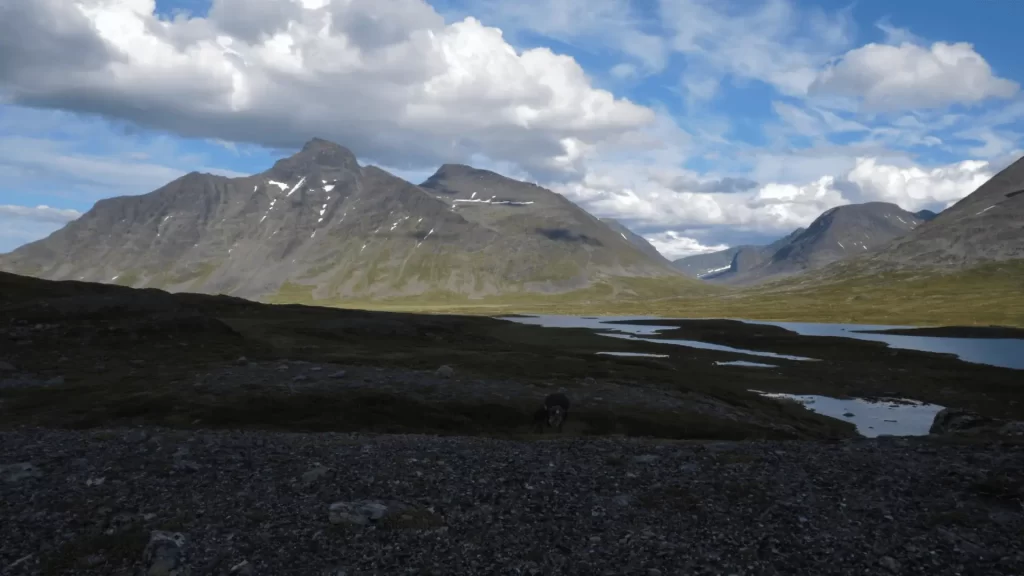
One of Europe’s most significant undeveloped wilderness regions may be in Sweden’s northern Sarek National Park. The hkká massif is only one of the several mountain ranges in the park’s name and isolated nature. Sarektjkk, the tallest peak in the area, is 2089 meters above sea level, making it Sweden’s second-highest mountain. The park is a favorite location for thrill-seekers since it provides a range of outdoor activities like hiking, skiing, rock climbing, and mountaineering.
High Swedish Coast
The Norrland Terrain includes a third significant mountain range, known in Swedish as Höga Kusten. On Sweden’s west coast, between Nyadal, where one of the most renowned peaks of the beach. Hornöberget, is located, and rnsköldsvik. It is a high shoreline that may reach 300 m (983 ft) in height and is around 130 km (80.7 mi) long.
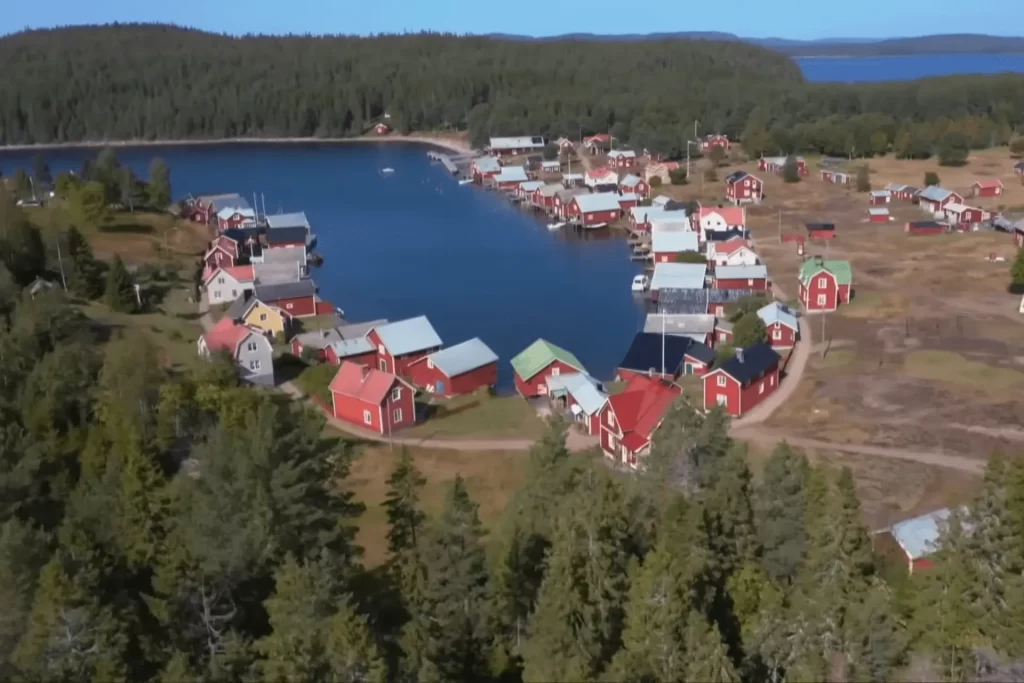
The geological phenomenon known as “post-glacial rebound” was brought on by the glacier’s retreat some 10,000 years ago and responsible for the shore’s elevation. But it’s the breathtaking vistas of the archipelago that open from the coast that draw people’s attention, not so much because of its height.
Norrland Landscape
In terms of importance, Sweden’s Norrland Terrain (Norrlandsterräng) is home to the second-largest mountain range. Despite having the same name and being in the same general area as the country’s most northern region. It mainly refers to the lower-lying woodland areas of the rest of the north, including some of the peaks and valleys of the Scandinavian Mountains.
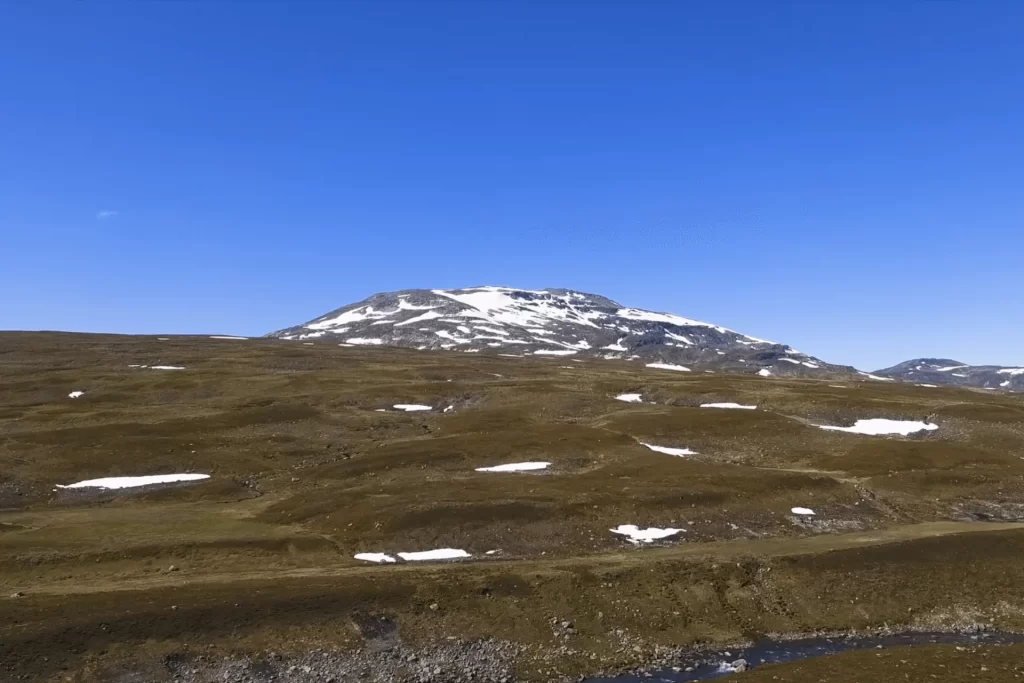
Therefore, the territory’s core formed Lappland, the Swedish section of the vast northern region of the same name that runs from Norway to Russia. Additionally, it divides into around a dozen distinct areas. Most of them come up from low hills and plains in places like “vertorne,” “Boden,” and “Dalarna.” The region lacks any coastlines, except for Sweden’s High Coast.
Sweden’s Southern Highlands
The Götaland region is where Sydsvenska Höglandet Sweden’s fifth and final central mountainous area. The South Swedish Highlands/Uplands refers to the part of the nation that is not free of hills. With mountains ranging in height from 100 to 200 meters (328 to 656 feet). The South Swedish Highlands’ terrain is reminiscent of the Norrland Terrain.
However, there are also taller mountains, such as Skuruhatt (302 meters/990 feet), in the Eksjö municipality. In other words, southern Sweden also has low mountains. The 13 deep canyons that crisscross this region’s landscape are only one way it differs from others.
Kaskasatjåkka The mountains of Sweden
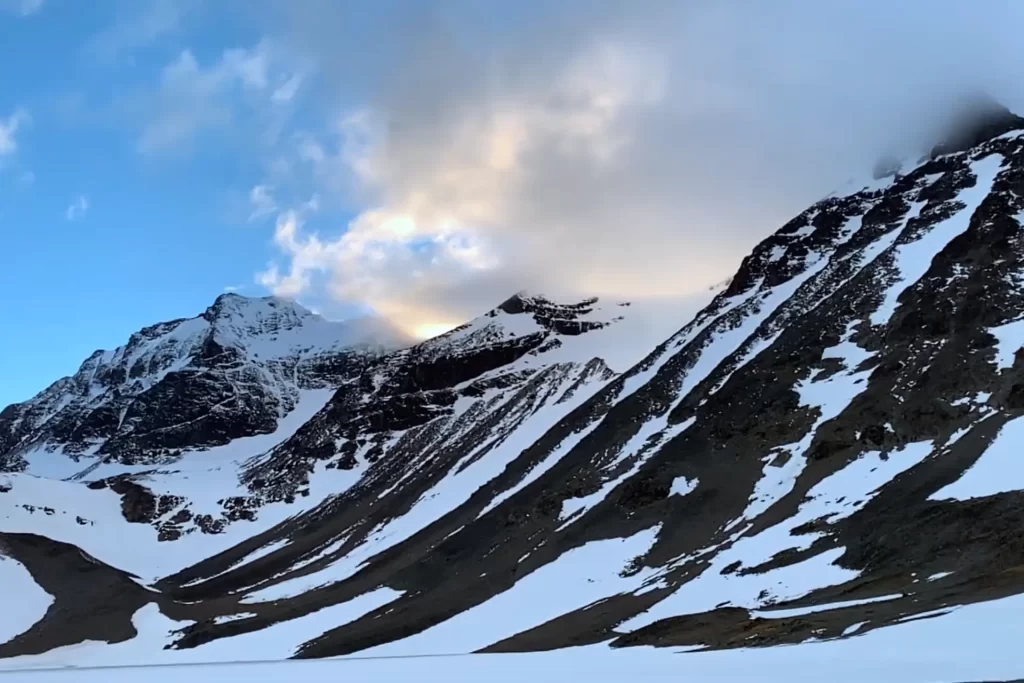
The third-highest peak in Sweden, Kaskasatjkka, is located at a height of 6,811 feet above sea level. It is in the Tarfala Valley, north of mountain cabins and research facilities. Gustaf Bucht made the first ascent of Kaskasatjkka in 1880. The flat top plateau of Kaskasatjkka’s peak nearly entirely covers in snow most of the time. Great views of the Tarfala Valley and the close-by Kebnekaise mountain range can be had from the height. Kaskasatjkka and the area are famous for its windy weather and number of research sites.
Effects of Glaciations on The mountains of Sweden
Glacier covers the vast majority of Sweden’s mountains. However, glaciations risk drastically reducing some of the mountains’ heights. The massive glaciations that are currently occurring are thought to lead Kebnekaise to lose its title as Sweden’s highest mountain to the northern summits. As a result of the north peak’s difficulty being accessed, the new position as Sweden’s highest mountain will impact tourism.

